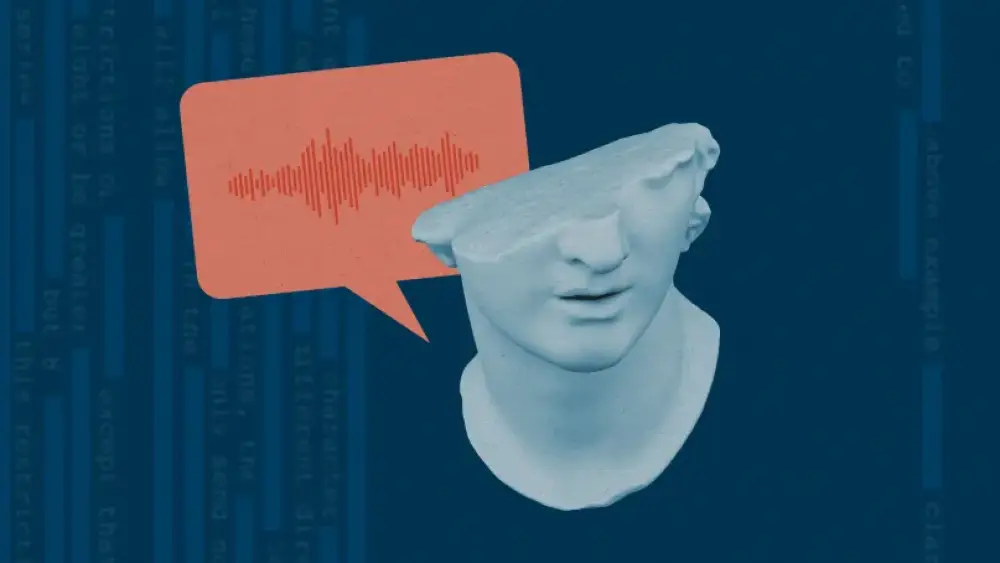
“machine unlearning” có thể giúp AI "quên" giọng nói của người thật, giảm thiểu nguy cơ deepfake
-
Các nhà nghiên cứu từ Đại học Sungkyunkwan (Hàn Quốc) đã phát triển một phương pháp gọi là “machine unlearning”, cho phép mô hình AI xóa bỏ khả năng bắt chước giọng nói cụ thể của một cá nhân.
-
Kỹ thuật này là bước tiến lớn trong cuộc chiến chống lại deepfake âm thanh – công nghệ thường bị sử dụng để giả mạo giọng nói trong các vụ lừa đảo và phát tán thông tin sai lệch.
-
Hiện nay, AI text-to-speech có thể tái tạo giọng nói của bất kỳ ai chỉ từ vài giây âm thanh mẫu, với độ tự nhiên cao về ngữ điệu và cách phát âm.
-
Trong thử nghiệm, nhóm nghiên cứu áp dụng phương pháp unlearning trên một mô hình giống với VoiceBox của Meta, huấn luyện lại để từ chối tái tạo giọng đã bị “quên”, thay vào đó phát âm bằng giọng ngẫu nhiên.
-
Kết quả: khả năng mô phỏng giọng bị xóa giảm hơn 75% so với trước khi unlearn, đủ để không còn nhầm lẫn với giọng gốc.
-
Tuy nhiên, khả năng bắt chước các giọng cho phép còn lại giảm nhẹ khoảng 2,8% – một sự đánh đổi được cho là hợp lý.
-
Để AI "quên" một người, cần cung cấp khoảng 5 phút âm thanh và quá trình unlearning mất vài ngày tùy số lượng giọng cần xóa.
-
Không giống phương pháp “guardrails” (rào chắn) – kiểm soát đầu vào và đầu ra, unlearning là cách loại bỏ hoàn toàn dữ liệu khỏi mô hình, khiến kẻ tấn công không thể “vượt rào”.
-
Đây là lần đầu unlearning được áp dụng hiệu quả cho mô hình chuyển văn bản thành giọng nói, và đang thu hút sự chú ý từ các tổ chức như Google DeepMind và Meta.
-
Tuy tiềm năng cao, công nghệ vẫn cần cải thiện tốc độ và khả năng mở rộng để có thể triển khai rộng rãi trên các nền tảng AI thương mại.
📌 Nhóm nghiên cứu Hàn Quốc giới thiệu phương pháp machine unlearning giúp AI “quên” giọng nói cụ thể, giảm hơn 75% khả năng mô phỏng giọng bị xóa. Công nghệ yêu cầu 5 phút âm thanh mẫu và vài ngày xử lý, đánh dấu bước tiến lớn trong bảo vệ danh tính giọng nói và chống deepfake âm thanh, dù vẫn cần cải thiện hiệu năng để ứng dụng đại trà.
https://www.technologyreview.com/2025/07/15/1120094/ai-text-to-speech-programs-could-one-day-unlearn/
AI text-to-speech programs could “unlearn” how to imitate certain people
Thảo luận
Follow Us
Tin phổ biến



